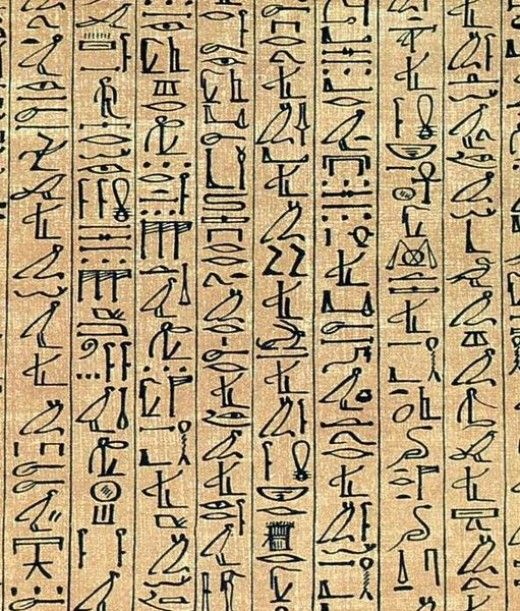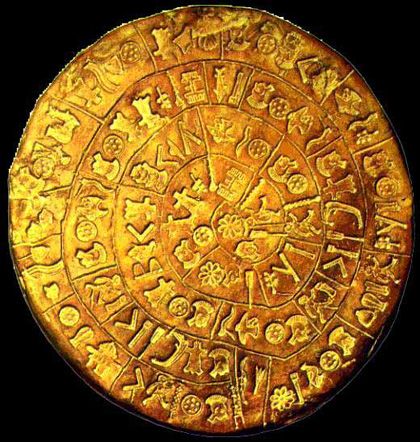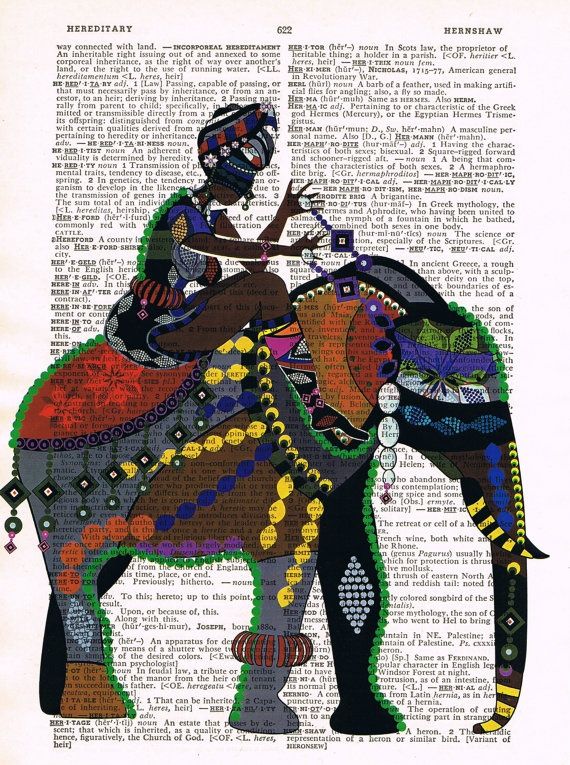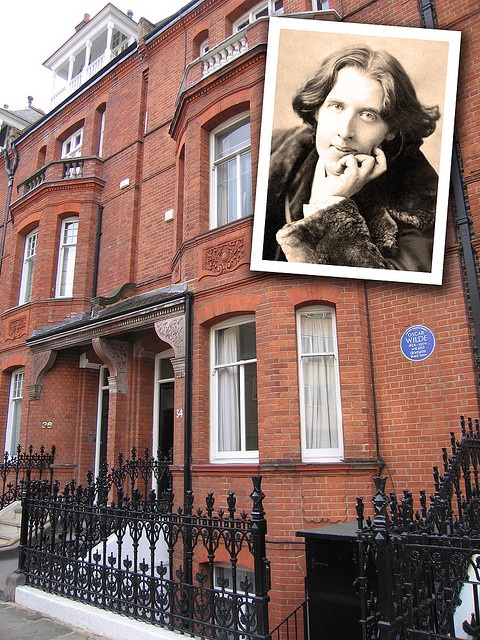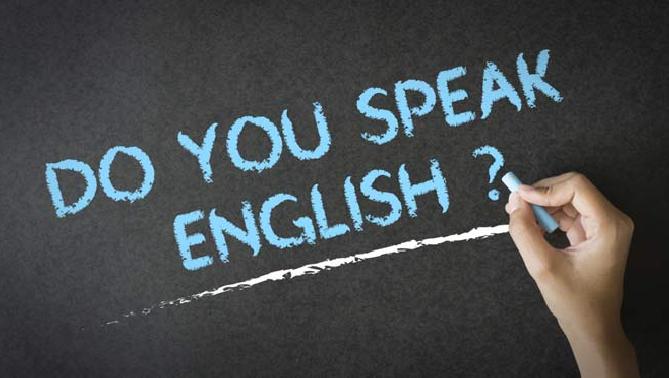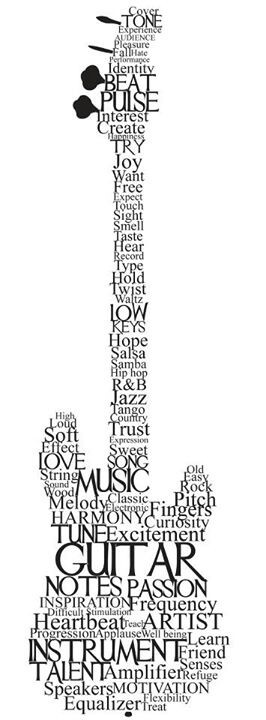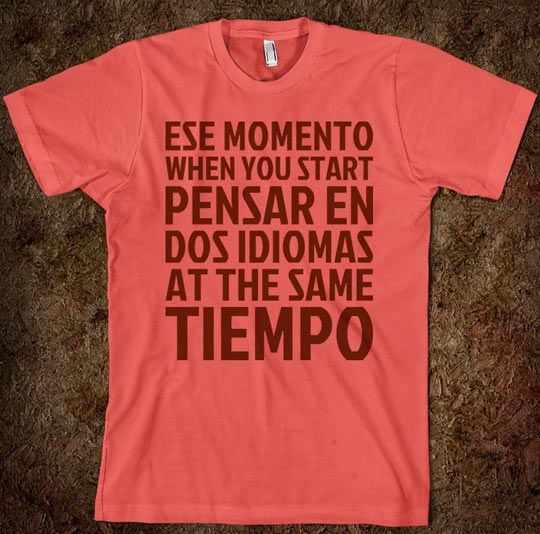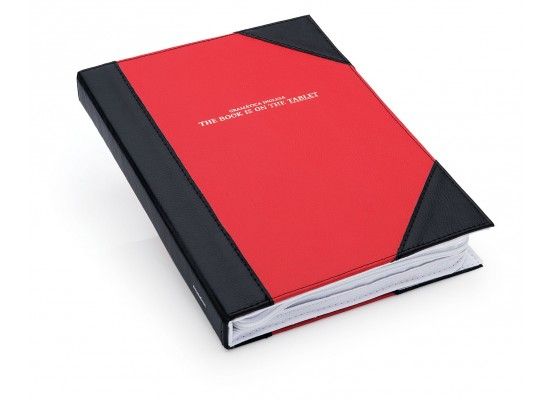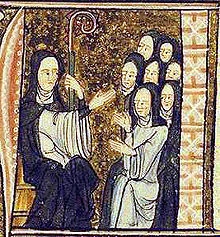Se estima que la #EscrituraJeroglifica se comenzó a utilizar hacia 3300 a. C. Fue empleada durante más de 3600 años. Desde la época del Imperio Antiguo, la escritura jeroglífica egipcia fue un sistema en el que se mezclaban logogramas, signos consonánticos y determinantes
Además de los monumentos cretenses, una escritura lineal pictográfica fue encontrada en Festos, en ambos lados de un disco de arcilla cocida. Los signos sobre el disco son diferentes de los mencionados anteriormente del sistema de escritura cretense. El llamado disco de Festos queda aún sin descifrar. La única deducción a la cual llegaron los científicos es que el documento es de origen extranjero y fue enviado a Creta desde no se sabe qué región del Asia Menor.
Español Inglés
Palabra o frase. Nº 15
‘Reserva secreta’: nombre.-‘a hoard of gold’,una reserva secreta de oro
Reglas de pluralización
1.- Para sustantivos terminados en o, s, ss, sh, ch, x y z, se les agrega -es.
| Inglés | Español | ||
|---|---|---|---|
| Forma singular | Forma plural | Forma singular | Forma plural |
| Hero | Heroes | Héroe | Héroes |
| Eyelash | Eyelashes | Pestaña | Pestañas |
| Watch | Watches | Reloj | Relojes |
| Box | Boxes | Caja | Cajas |
| Glass | Glasses | Vidrio | Vidrios |
2.- Para sustantivos terminados en y, pero precedidos de una letra consonante, se cambia la y por i y se agrega -es.
| Inglés | Español | ||
|---|---|---|---|
| Forma singular | Forma plural | Forma singular | Forma plural |
| Lady | Ladies | Dama | Damas |
| Fly | Flies | Mosca | Moscas |
| Photocopy | Photocopies | Fotocopia | Fotocopias |
3.- Para sustantivos terminados en y, pero precedidos de una letra vocal, solamente se agrega -s.
| Inglés | Español | ||
|---|---|---|---|
| Forma singular | Forma plural | Forma singular | Forma plural |
| Boy | Boys | Niño | Niños |
| Key | Keys | Llave | Llaves |
| Toy | Toys | Juguete | Juguetes |
4.- Para sustantivos terminados en f o fe, se intercambian estas por ves.
| Inglés | Español | ||
|---|---|---|---|
| Forma singular | Forma plural | Forma singular | Forma plural |
| Wolf | Wolves | Lobo | Lobos |
| Knife | Knives | Cuchillo | Cuchillos |
| Scarf | Scarves | Bufanda | Bufandas |
| Leaf | Leaves | Hoja (de árbol) | Hojas |
NOTA: El plural de chief (jefe) es chiefs.
5.- Casos especiales: plurales irregulares.
| Inglés | Español | ||
|---|---|---|---|
| Forma singular | Forma plural | Forma singular | Forma plural |
| Man | Men | Hombre | Hombres |
| Woman | Women | Mujer | Mujeres |
| Child | Children | Niño (en general) | Niños |
| Mouse | Mice | Ratón | Ratones |
| Fish | Fish | Pez | Peces |
| Tooth | Teeth | Diente | Dientes |
| Foot | Feet | Pie | Pies |
| Sheep | Sheep | Oveja | Ovejas |
| Goose | Geese | Ganso | Gansos |
| Ox | Oxen | Buey | Bueyes |
| Louse | Lice | Piojo | Piojos |
| Belief | Beliefs | Creencia | Creencias |
6.- Para los demás casos solamente se agrega -s.
Comparaciones
- Cuando la comparación es entre un sustantivo y otro:
Más (adjetivo) que… : Éste tipo de comparación depende del número de sílabas del adjetivo que se usa para comparar. Si el adjetivo tiene de una a dos sílabas en inglés (por ejemplo happy), se le añade al adjetivo la terminación -er, seguido de than: She is happier than me → Ella es más feliz que yo. En cambio, si el adjetivo tiene más de dos sílabas (por ejemplo beautiful), se deja el adjetivo como está y primero se escribe la palabra more: She is more beautiful than me → Ella es más guapa que yo. En este caso, en vez de more (más) podemos escribir less (menos) para indicar lo contrario.
- Cuando se indica la mayor magnitud de un sustantivo.
Simplemente se escribe the + (adjetivo + -est). Por ejemplo: El más grande de todos → The biggest of all. Esto sólo ocurre cuando el adjetivo tiene de una a dos sílabas. Si tiene más, el adjetivo se escribe de manera normal, pero primero se escribe (entre the y el adjetivo) la palabra most. Por ejemplo: The most peaceful → El más apacible.
- Hay que tener en cuenta los adjetivos irregulares. Por ejemplo: happy + -er = happier (en este caso se sustituye la -y por -ier en vez de -yer). Esto ocurre sólo con algunos adjetivos.
- Cuando se comparan dos sustantivos por igual.
En este caso, el adjetivo se escribe de forma normal sin tener en cuenta su número de sílabas, y va acompañado delante y detrás de la palabra as. Por ejemplo: As fast as… → Tan rápido como…
Sistema de escritura
El inglés usa el alfabeto latino sin ninguna adición, salvo en las palabras tomadas directamente de otros idiomas con abecedarios diferentes. Sin embargo históricamente el inglés antiguo había usado signos especiales para algunos de sus sonidos: < Ā, Æ, Ǣ, Ǽ, Ċ, Ð, Ē, Ġ, Ī, Ō, Ū, Ƿ, Ȳ. Þ, Ȝ > y las correspondientes minúsculas < ā, æ, ǣ, ǽ, ċ, ð, ē, ġ, ī, ō, ū, ƿ, ȳ, þ, ȝ >.
Otra característica de la ortografía moderna del inglés se caracteriza por la existencia de una gran cantidad de contracciones:
- They’re, contracción de They are = Ellos/as son/están.
- She isn’t o She’s not, contracción de She is not = Ella no es.
- I’d eat, contracción de I would eat = Yo comería
- You’ll see, contracción de You will see = Tú verás
Cabe decir que estas contracciones suelen utilizarse mayoritariamente en el habla coloquial y en menor medida en la formal.
Léxico
El léxico del inglés actual está formado por un núcleo de palabras patrimoniales directamente heredadas del antiguo inglés, entre las cuales se encuentran la mayor parte de palabras puramente gramaticales así como la mayor parte de las palabras más frecuentes. Sin embargo, entre las formas léxicas de frecuencia media o pequeña predominan los préstamos del latín y del francés, que frecuentemente son cultismos, aunque también tienen penetración en el léxico frecuente.
En efecto entre las diez mil palabras más frecuentes poco más de una tercera parte son palabras de origen germánico, mientras que más del 60% son palabras de origen latino o romance.19 La siguiente tabla muestra la preponderancia de diferentes procedencias del léxico en términos de frecuencia.
| Frecuencia | Inglés antiguo |
Francés | Latín | Germánico | Otras | |
|---|---|---|---|---|---|---|
| Nórdico | Otras | |||||
| 1-100020 | 83% | 11% | 2% | 2% | 2% | |
| 1001-200020 | 34% | 46% | 11% | 2% | 7% | |
| 2001-300020 | 29% | 46% | 11% | 1% | 10% | |
| 1- 1000021 | 32% | 45% | 17% | 4% | 2% | |
Estatus del idioma

El inglés en la UE.
- Idioma oficial de facto: Reino Unido, Estados Unidos, y Australia.
- Idioma oficial de iure en: Bahamas, Barbados, Fiyi, Belice, Botsuana, dependencias de los Estados Unidos, dependencias del Reino Unido, Dominica, Ghana, Gambia, Guyana, Hong Kong (China), Islas Salomón, Jamaica, Lesoto, Liberia, Malaui, Mauricio, Nauru, Nigeria, Papúa Nueva Guinea, Samoa Americana, Santa Lucía, San Cristóbal y Nieves, Sierra Leona, Suazilandia, Sudán del Sur, Trinidad y Tobago, Granada, San Vicente y las Granadinas, Uganda, Zambia y Zimbabue.
- Idioma cooficial: Camerún, Canadá, Chagos, Filipinas, Irlanda, Kenia, Kiribati, Islas Marshall, India, Malasia, Malta, Namibia, Nueva Zelanda, Pakistán, Puerto Rico (EE.UU.), Seychelles, Singapur, Sudáfrica, Sudán, Tanzania, Tokelau y Tonga.
- Minorías en: Antillas Neerlandesas, Samoa, Surinam, Tuvalu, Tailandia, etc.
*****************************************
Denominam-se Vedas os quatro textos, escritos em sânscrito por volta de 1500 a.C., que formam a base do extenso sistema de escrituras sagradas do hinduísmo, que representam a mais antiga literatura de qualquer língua indo-europeia. A palavra Veda, em sânscrito, significa conhecer/conhecimento.
Traducción Español Inglés
Pluralization rules
. 1 – For nouns ending in o, s, ss, sh, ch, x and z, they add-es.
| English | Spanish | ||
|---|---|---|---|
| Singular form | Plural form | Singular form | Plural form |
| Hero | Heroes | Hero | Heroes |
| Eyelash | Eyelashes | Flange | Eyelashes |
| Watch | Watches | Watch | Watches |
| Box | Boxes | Box | Boxes |
| Glass | Glasses | Glass | Glasses |
. 2 – For nouns ending in y, but preceded by a consonant letter is changed and i and add-es.
| English | Spanish | ||
|---|---|---|---|
| Singular form | Plural form | Singular form | Plural form |
| Lady | Ladies | Lady | Ladies |
| Fly | Flies | Fly | Flies |
| Photocopy | Photocopies | Photocopy | Photocopies |
. 3 – For nouns ending in y, but preceded by a vowel letter, only add-s.
| English | Spanish | ||
|---|---|---|---|
| Singular form | Plural form | Singular form | Plural form |
| Boy | Boys | Child | Children |
| Key | Keys | Key | Keys |
| Toy | Toys | Toy | Toys |
. 4 – For nouns ending in f or faith, these are exchanged is.
| English | Spanish | ||
|---|---|---|---|
| Singular form | Plural form | Singular form | Plural form |
| Wolf | Wolves | Wolf | Lobos |
| Knife | Knives | Knife | Knives |
| Scarf | Scarves | Scarf | Scarves |
| Leaf | Leaves | Leaf (tree) | Leaves |
NOTE: The plural of chief (head) is chiefs.
. 5 – Special cases: irregular plurals.
| English | Spanish | ||
|---|---|---|---|
| Singular form | Plural form | Singular form | Plural form |
| Man | Men | Man | Men |
| Woman | Women | Woman | Women |
| Child | Children | Child (in general) | Children |
| Mouse | Mice | Mouse | Mice |
| Fish | Fish | Fish | Fish |
| Tooth | Teeth | Tooth | Teeth |
| Foot | Feet | Foot | Feet |
| Sheep | Sheep | Sheep | Sheep |
| Goose | Geese | Goose | Geese |
| Ox | Oxen | Ox | Oxen |
| Louse | Lice | Louse | Lice |
| Belief | Beliefs | Belief | Belief |
. 6 – For other cases only add-s.
Comparisons
- When the comparison is between a noun and another:
More (adjective) …: This type of comparison depends on the number of syllables in the adjective used to compare. If the adjective has one to two syllables in English (eg happy), is added to the adjective ending-er, than followed: She is happi er than me → She is happier than me. However, if the adjective has more than two syllables (eg beautiful), the adjective is left as is and the first word you write more: She is more beautiful than me → She’s prettier than me. In this case, instead of more (more) we can write less (minus) to indicate otherwise.
- When the largest magnitude indicates a noun.
Simply type the + (adjective +-est). For example: The Greatest of All → The bigg est of all This only happens when the adjective has one to two syllables.. If you have more, the adjective is written normally, but first write (between the and the adjective) the word most. For example: The most peaceful → The gentler.
- Must take into account the irregular adjectives. For example: happy +-er = happier (in this case is replaced by the-y-ier instead of-yer). This happens only with some adjectives.
- When two nouns are compared equally.
In this case, the adjective normally written regardless their number of syllables, and is accompanied before and behind the word as. For example: As fast as … → As fast as …
Writer
English uses the Latin alphabet without any addition, except in words borrowed directly from other languages with different alphabets. But historically the Old English had used special characters for some of its sounds: <Ā, Æ, Ǣ, Ǽ, C, D, E, G, I, O, U, Ƿ, ȳ. Þ, Ȝ> and the corresponding lowercase <ā, æ, ǣ, Ǽ, c, d, e, g, ī, ō, ū, ƿ, ȳ, þ, ȝ>.
Another characteristic of modern English spelling is characterized by the existence of a large number of contractions:
- They’re, contraction They are = They / as is / are.
- She or is not She’s not, contraction She is not = She is not.
- I’d eat, I would eat contraction = I eat
- You’ll see, You will see contraction = You will see
We can say that these contractions are often used mainly in colloquial speech and to a lesser extent formal.
Lexicon
The current English lexicon consists of a nucleus of patrimonial words directly inherited Old English , among which are most purely grammatical words and most of the most frequent words. However, between lexical forms of medium or small loans often dominated Latin and French, which are often cultism, but also have insight into the common lexicon.
Indeed among the ten thousand most frequent words just over a third are words of Germanic origin, while over 60% are words of Latin origin or romance. The following table shows the prevalence of different origins in the lexicon terms of frequency.
| Frequency | English old |
French | Latin | Germanic | Other | |
|---|---|---|---|---|---|---|
| Nordic | Other | |||||
| 1-1000 | 83% | 11% | 2% | 2% | 2% | |
| 1001-2000 | 34% | 46% | 11% | 2% | 7% | |
| 2001-3000 | 29% | 46% | 11% | 1% | 10% | |
| 1-10000 | 32% | 45% | 17% | 4% | 2% | |
Language Status

English in the EU .
- De facto official language: United Kingdom , United States , and Australia .
- Jure official language in: Bahamas , Barbados , Fiji , Belize , Botswana , U.S. dependencies, dependencies of the United Kingdom, Dominica , Ghana , Gambia , Guyana , Hong Kong ( China ), Solomon Islands , Jamaica , Lesotho , Liberia , Malawi , Mauritius , Nauru , Nigeria , Papua New Guinea , American Samoa , Saint Lucia , Saint Kitts and Nevis , Sierra Leone , Swaziland , South Sudan , Trinidad and Tobago , Granada , St. Vincent and the Grenadines , Uganda , Zambia and Zimbabwe .
- Co-official language: Cameroon , Canada , Chagos , Philippines , Ireland , Kenya , Kiribati , Marshall Islands , India , Malaysia , Malta , Namibia , New Zealand , Pakistan , Puerto Rico ( U.S. ), Seychelles , Singapore , South Africa , Sudan , Tanzania , Tokelau and Tonga .
- Minorities in: Netherlands Antilles , Samoa , Suriname , Tuvalu , Thailand , etc..
Fuente que utilizo: http://es.wikipedia.org

